Tips and Procedures for Shrimp Health Checking
Pathogen attacks on shrimp can affect aquaculture yields. Bacterial and viral pathogens can spread rapidly, causing massive deaths and resulting in significant economic losses.
Anticipation efforts against these pathogen attacks can be carried out through periodic shrimp health checking, namely by monitoring virus and bacterial tests using PCR.
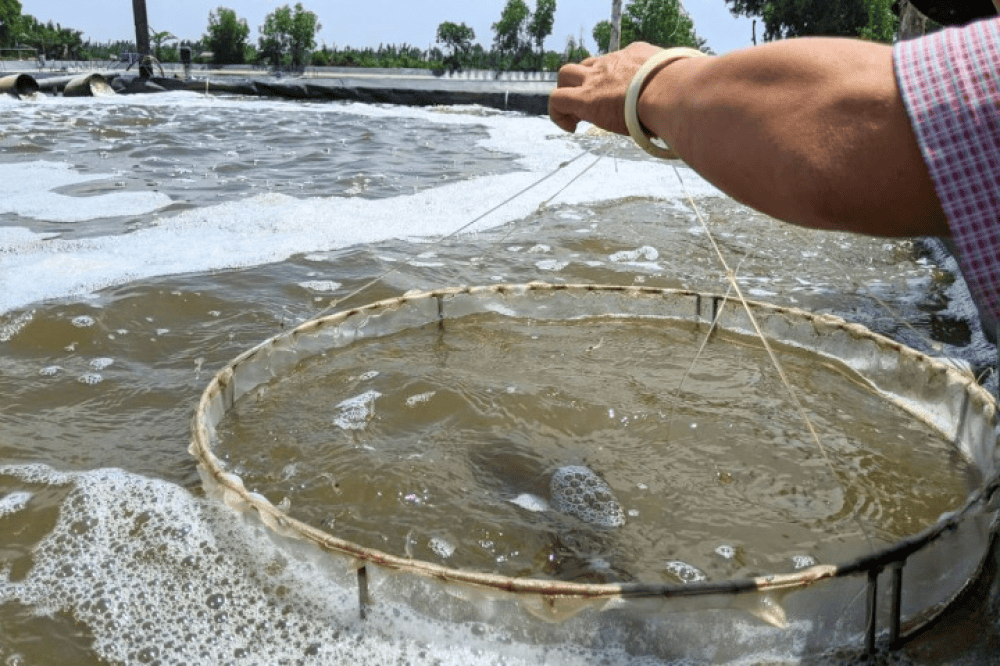
Tips and Procedures for Shrimp Health Checking
1. Routine Sampling
Sampling involves periodically observing the condition of shrimp by taking several shrimp from each pond for further examination. This sampling activity is important as a preventive measure against disease outbreaks.
Through sampling, farmers can quickly identify any shrimp health anomalies before diseases spread widely.
2. Checking the Hepatopancreas and Intestines of Shrimp
After taking shrimp from the pond for sampling, farmers should check the hepatopancreas and intestines of the shrimp. These two organs can provide further insights into shrimp health and diagnose diseases as early as possible.
To check the hepatopancreas and intestines of shrimp, you can follow these steps:
Weigh the sampled shrimp.
Spray the shrimp’s body with alcohol and transfer it to a petri dish containing physiological saline or sterile aquadest.
Dissect the shrimp by opening the cephalothorax or shrimp head and dissecting the dorsal or upper abdomen with sterile tweezers. Then separate the hepatopancreas and intestines of the shrimp.
Take a small portion from the lower side of the hepatopancreas with tweezers.
Place the hepatopancreas and shrimp intestines samples on two different object glasses, then add a little water before covering them with another object glass.
Observe both samples under a microscope at a magnification of 40-100x. Record and analyze the results carefully.
3. Shrimp Health Testing by PCR
Bacteria and viruses are the two main causes of shrimp disease outbreaks that harm aquaculture. To determine bacterial or viral attacks as the cause of shrimp disease outbreaks, farmers can perform PCR tests, which provide accurate results.
It is advisable to perform PCR tests regularly on certain post-larval shrimp to detect pathogen attacks as early as possible.
4. Monitor Mortality Rates During Cultivation
During the cultivation of vannamei shrimp, shrimp deaths often occur. However, you must know the exact mortality rate to minimize the difference between the actual population and the estimated population with mortality corrections.
Mortality corrections are divided into two types: daily mortality, which is performed every day, and disease outbreak mortality, which is performed during disease outbreaks. Deviations during mortality corrections are usually caused by cannibalism, shrimp carcasses left in ponds, inadequate centralization, and so on.
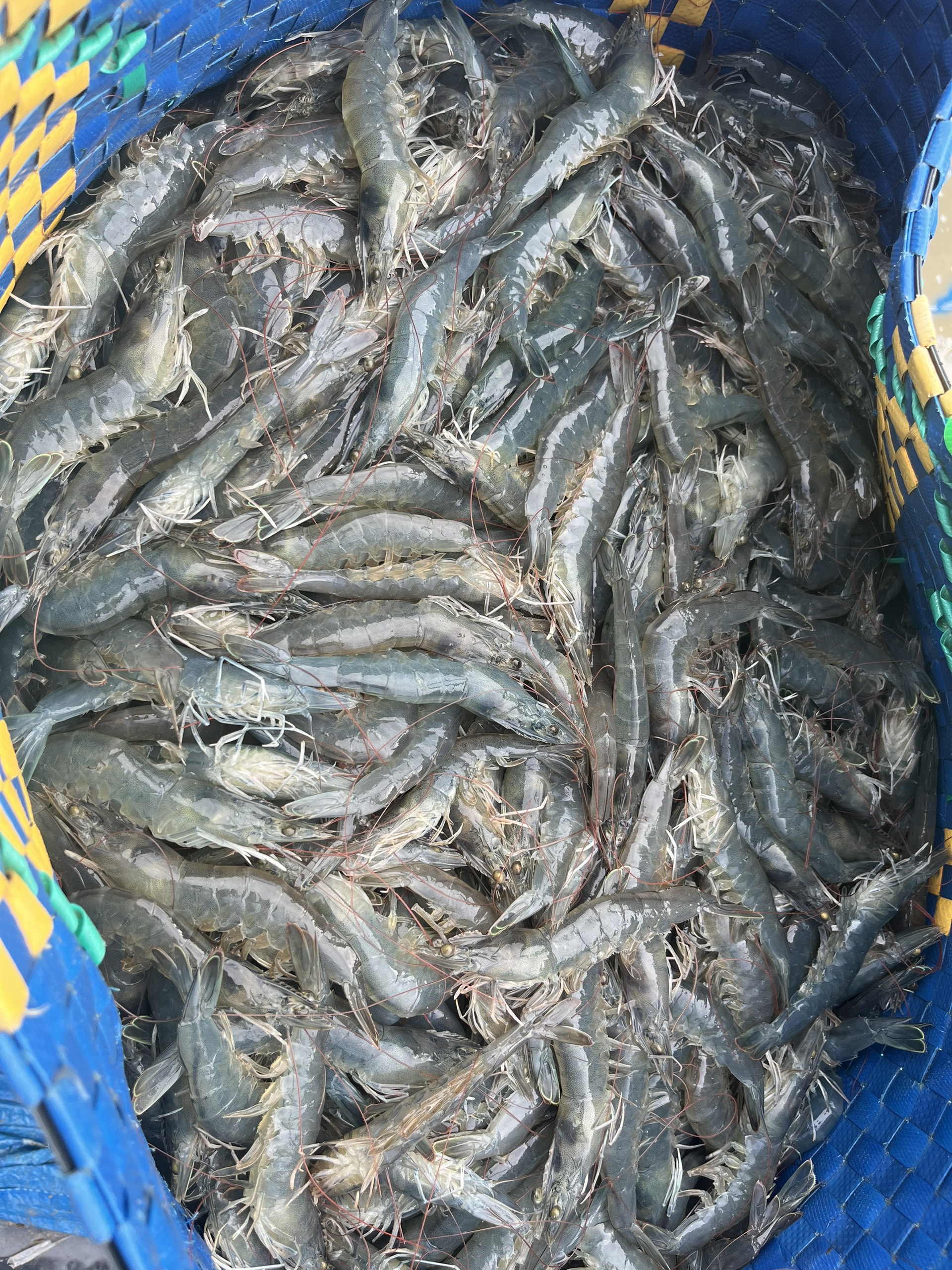
Cre: delosaqua.com
Contact AQUA MINA for consultation and supply of aquaculture round tanks and aquaculture equipment for high-tech shrimp farming.
- Address: 685 National Highway 1A, Binh Hung Hoa Ward, Binh Tan District, Ho Chi Minh City
- Phone: 1800 6071 (Toll-free hotline)
- Email: sales@aquamina.com.vn or oversea@aquamina.com.vn
Aqua Mina's distributor in Japan: REX INDUSTRIES CO., LTD
- Address: 1-9-3 Hishiya-Higashi, Higashi-Osaka 578-0948 JAPAN
- Email: kimakubo@rexind.co.jp
- Phone: +81-(0)72-961-9893
- Website: http://www.rexind.co.jp/e/
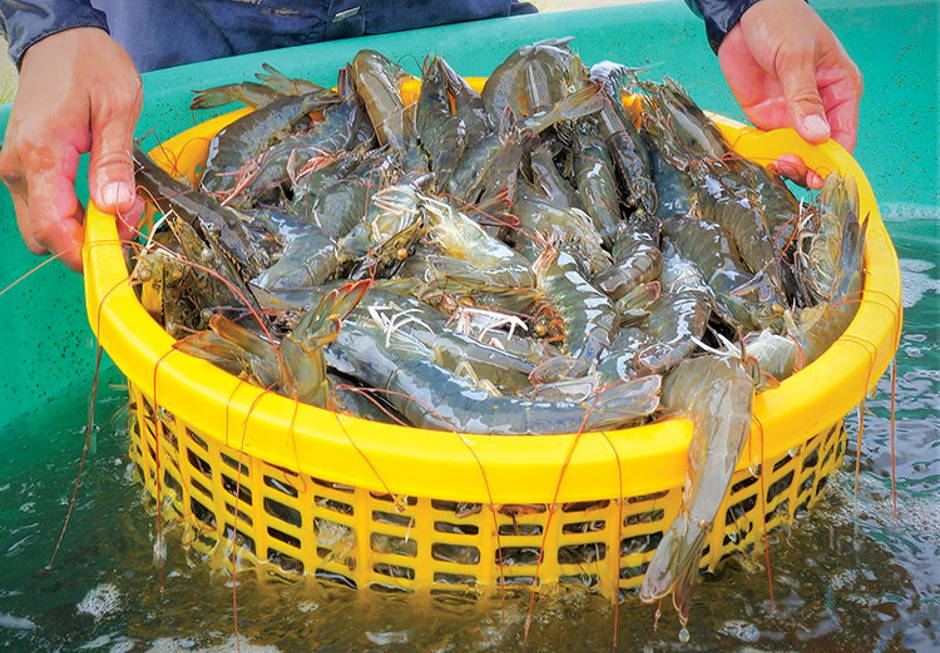
WE WORK FOR YOUR SUCCESS!
Ngày đăng : 28/02/2025
1888 View
Other Articles
Global Shrimp Forum: Global shrimp trade is reshaping
China’s Import Value Up 10%, Vietnamese Shrimp Remains Among Leading Suppliers
After the 7.5-magnitude offshore earthquake in Aomori that injured 34 people, Japan has issued a warning about a potential mega-earthquake
India’s shrimp exports accelerate despite the trade war with the United States
Portuguese food group acquires 18% stake in cod farming company Norcod
Indonesia implements radioactive-free shrimp certification for exports to the United States
India is world’s second-largest shrimp producer. That is now under threat
Ca Mau’s shrimp industry moves towards “green” growth
Floods devastate aquaculture, processing operations in Vietnam
Ecuador Leads Global Shrimp Exports, Surpassing USD 7 Billion in 2025
India's marine product exports rise 16% as new markets offset US dip
Skretting presents the first shrimp feed with insect meal in Vietnam








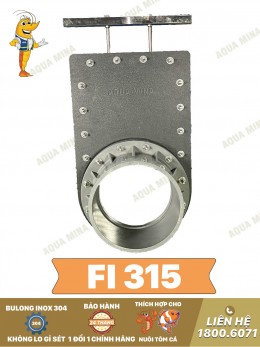
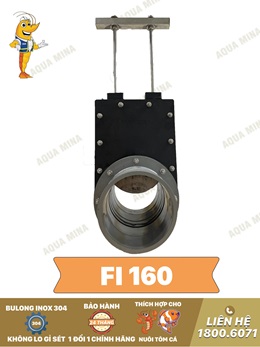
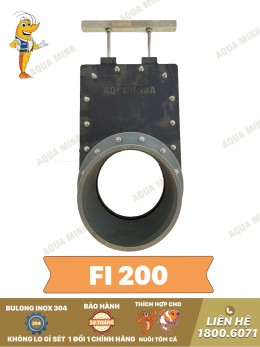
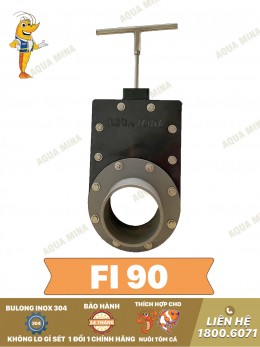
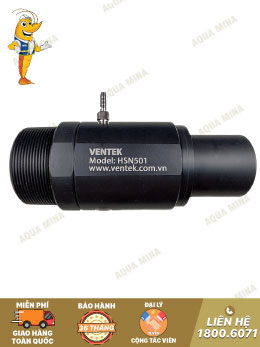
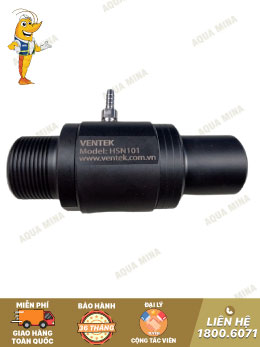

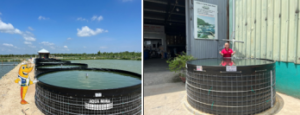

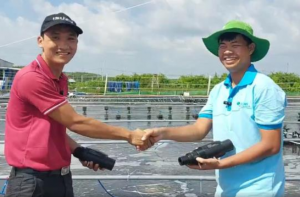
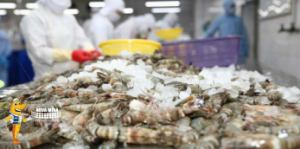
.jpg)